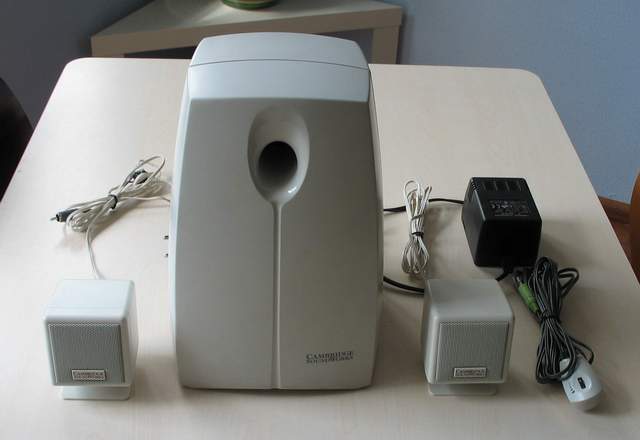Funny you mention Jan Beta and his C64. I've actually done the exact same thing to most of my retro gaming consoles. My SNES jr, Intellivision, Atari 7800, TurboDuo, Atari 5200, and Master System all feature DC-DC converters in them now. I haven't noticed any ill effects in regards to video or audio on any of these systems. But to be fair, I don't use RF from them any longer either and I'm sure that is where I would notice something.
But it does bring up an interesting point. I've noticed over the years that RF seems to get gradually worse in my classic systems over time. I thought at first it might just be the components starting to wear out, or the tuners in modern HDTVs to blame. But now that I think about it, most of the electronics in my home use form or switching power supply in them. That would mean that in these day and times, we have more RF noise floating about than the FCC ever thought they had a fear of back in the 70s- 80s. So maybe the RF on older consoles just looks worse than we remember because of the extra RF noise that is all around us?
In any event, using these DC-DC converters in most classic systems, seem to work just great with the added benefit of better power factor efficiency and little to no heat from the power regulation side of the system.
I do need to mention however, that one classic system did suffer effects from the use of these. That was my Sega Genesis. There was audible electronic noise that was always present, almost like coil whine, but it would change when the system was thinking as it were. I took the DC-DC converters out of the Genesis and put standard linear regulators back into it. But, I do use a switching power adapter for my Genesis system now instead of the original wall wort it came with.

Midi Modules: MT-32 (OLD), MT-200, MT-300, MT-90S, MT-90U, SD-20

